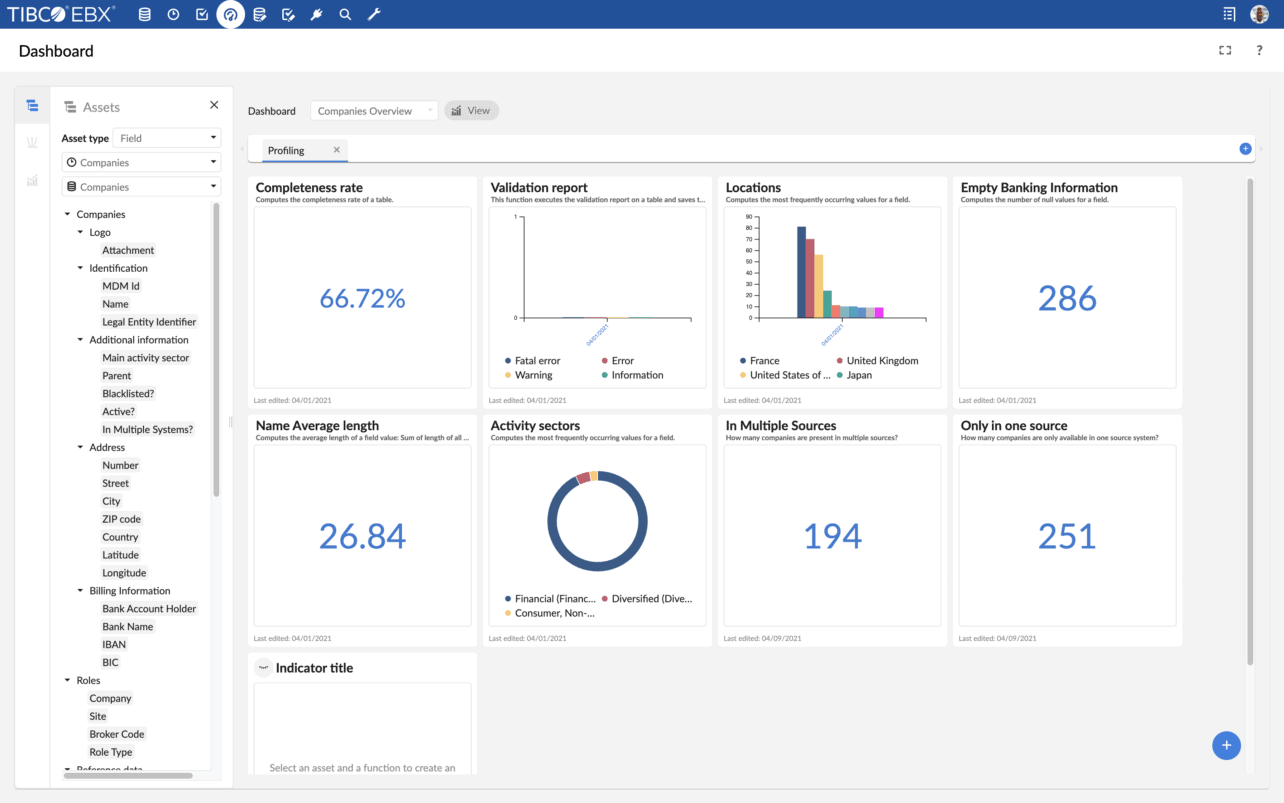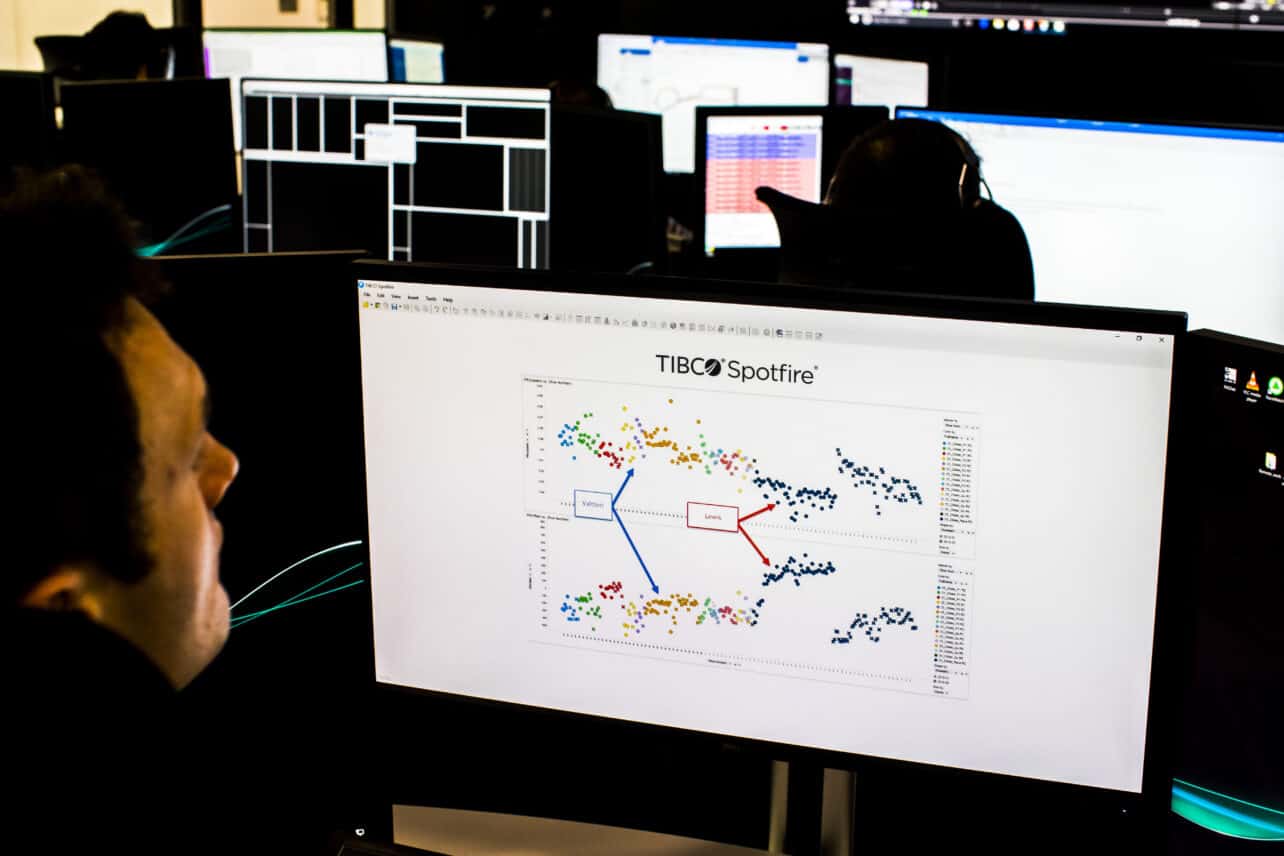A decade or so ago, TIBCO could not keep pace with the market in which it operates. That is now clearly a thing of the past. The company has been rebuilt virtually from the ground up. It now positions itself as a vendor with broad applicability in the larger data industry.
TIBCO has been around for quite some time. The company was founded in the US in 1997. The company started out as a traditional integration specialist when it was not yet offered in the cloud. When that started to happen with the emergence of vendors such as MuleSoft and (Dell) Boomi, TIBCO did not respond well to that at first. There was no clear cloud strategy at the company. This caused the vendor to struggle during the financial crisis at the end of the first decade of this century, we hear from Gertjan Vaessen, the GM for TIBCO in the Netherlands.
Missing this first cloud wave was one of the reasons why TIBCO became part of the Vista Equity Partners portfolio in 2014. This private equity firm made the decision to delist TIBCO in 2015 (the IPO was in 1999). “For TIBCO, Vista had and has a clear long-term strategy,” Vaessen states. In other words, Vista delisted the company to rebuild it. “Of course, they wanted to keep the original strengths of the company [the integration expertise, ed.], but wanted to focus on the modern way of doing things,” Vaessen adds. That strategy has paid off, he says. TIBCO is in good shape again now. It now makes its mark in three different areas: Connect, Unify and Predict. We introduce these areas below.
Connect
Connect is the part closest to the company’s roots. However, they now do integration in a modern way, so you can also run it as a cloud service. TIBCO has a very clear hybrid focus in this area. One of the results of this focus is that APIs play a central role. Customers need to be able to connect many different environments. TIBCO must make sure that they can.
Vaessen certainly doesn’t see the move to the cloud as simplifying integration issues. It is tempting to assume that, but the reality is different. Large organizations in particular now have a very distributed IT environment. Some data goes to the cloud, other data stays on-prem or goes to systems in yet other private or public clouds. “That’s where a new spaghetti of integration problems arise,” is his conclusion.
The fact that TIBCO has been involved in integration since 1997 helps the company quite a bit within the Connect piece, Vaessen further indicates. Especially in the area of deeper, more technical integrations, he sees limitations in the more modern integration platforms. TIBCO can make a difference there, he says.
Unify
The second area TIBCO focuses on goes by the name of Unify. Bringing data together is not just about making it technically possible. It also involves a lot of data management. That’s where Unify comes in. That part of TIBCO’s business is all about making data available in a responsible way. A way that is not only acceptable to the people who work for an organization, but also complies with applicable laws and regulations. For example, TIBCO has a number of semi-government organizations as customers. They have to comply with specific laws and regulations about what data can and cannot reside in a cloud environment.
An important part of TIBCO’s Unify division is data virtualization, Vaessen says. This is a key component of its platform, because it enables organizations to connect on-prem data to the cloud. There you can usually do much more with that data in terms of analytics, for example, than you can in an on-prem environment. So with TIBCO’s software, you can, as it were, set up a stream to the cloud that contains the on-prem data. The data itself always remains on-prem, but you can analyze it in the cloud in a virtualized environment.

Other components within Unify include master data management and metadata management, but also Product Information Management (PIM). The two data management components focus, among other things, on the more ‘boring’, but very important, parts of working with data. Vital components like governance and consistency of data. Finally, PIM is a relatively new area for TIBCO. According to Vaessen, however, it is inevitable to start working with this as well, because you cannot see it separately from the data management piece.
Predict
Predict makes matters more interesting again for those who particularly like technological innovation. This component is all about things like data science and analytics based on AI. According to Vaessen, TIBCO distinguishes itself particularly in the area of streaming analytics, or analytics on data in motion. According to him, this part of their offering is an important reason for many organizations to choose TIBCO.
Examples of what TIBCO can do in this area abound. He mentions as the ultimate example the analytics that the F1 team of Mercedes does on the data that comes in from the cars. But you can also think of Tata Steel, which uses streaming analytics to improve the production process. According to Vaessen, you have to do that on streaming data if you want to keep costs under control. A failed run of a process at Tata Steel (i.e. a bad batch of steel) is very costly; if you can adjust this during the process, you make considerable savings.
A final example of Vaessen that we would like to mention here is the analysis of lounge visits at KLM. Based on historical data and predictions, the TIBCO platform monitors how busy the lounge will become and whether, for example, someone always brings a guest. If it appears to be very busy, guests can be redirected to partner lounges, more staff can be deployed and the toilets can be cleaned more frequently.

How accessible is it?
It is clear that TIBCO has put a lot of thought into the various components of its platform. However, with all those big customer names Vaessen mentions during our discussion, we do wonder how accessible the platform is. Is it only meant for very large companies? According to Vaessen, that is certainly not the case. TIBCO puts a lot of emphasis on making the platform as accessible as possible. According to him, the solutions are very scalable, also in price.
So you don’t have to buy everything from TIBCO; you can also integrate part of it into an existing environment. Jumbo (a large Dutch supermarket chain), for instance, only needs a piece of data management. That company buys that separately and integrates it into an existing environment. Organizations can obviously also purchase (parts from) all three of the components above from TIBCO, if they don’t have any existing infrastructure to connect to. TIBCO is the only company that can do that, Vaessen says. None of the competitors in the three pillars that TIBCO identifies is also active in both other areas.
When it comes to accessibility, the emphasis on open source is also important. TIBCO supports virtually all open source platforms, Vaessen says. In fact, Project Flogo is maintained by TIBCO. Flogo is based on the Go programming language and can be used to build event-driven apps. The link with streaming data is obvious here. After all, these are apps that trigger an action when a certain incoming trigger occurs. The airport in Rome, for example, uses this to track crowds in queues and to take action if necessary. Other applications can be found in tracking packages and keeping track of seats on the train.
As a final argument for the accessibility of TIBCO’s platform, Vaessen mentions the term Proof of Value. This means that you, as a potential customer, get tot testdrive the platform. Only when you are convinced that your organization will get value out of it, you sign a contract.
Broad, deep, open and flexible
Formulating a conclusion TIBCO at the end of this article, the words broad, deep, open and agile mainly come to mind. The portfolio is very broad, which distinguishes it from the competition. Of course it is important not to let it become too broad, given the relatively modest size of the company. There is also a great deal of depth of expertise, particularly in the integration piece. However, TIBCO does not have the size to always play a full platform role, so openness is also a requirement in order to be as interesting as possible to customers.
Finally, the recent rebuild ensures that the company is basically very agile and can easily add or modify things. All in all, TIBCO is a very modern company today. If it can keep the focus on the things that are truly distinctive and not fall prey to a form of overstretch, the company has a bright future. In light of this, it is also interesting to see what happens once Vista Equity Partners executes the intended merger of TIBCO and Citrix. But that is something for another time.
